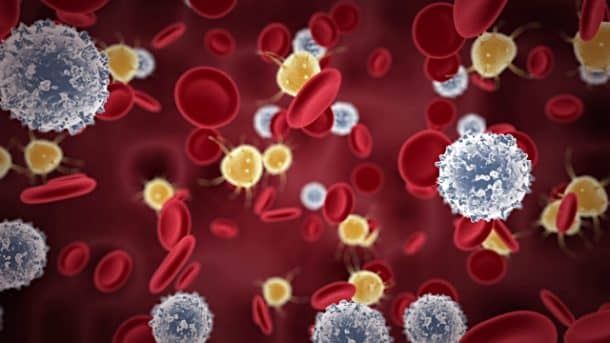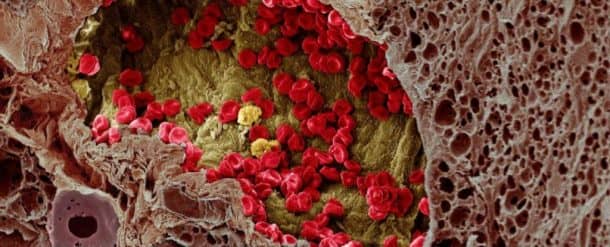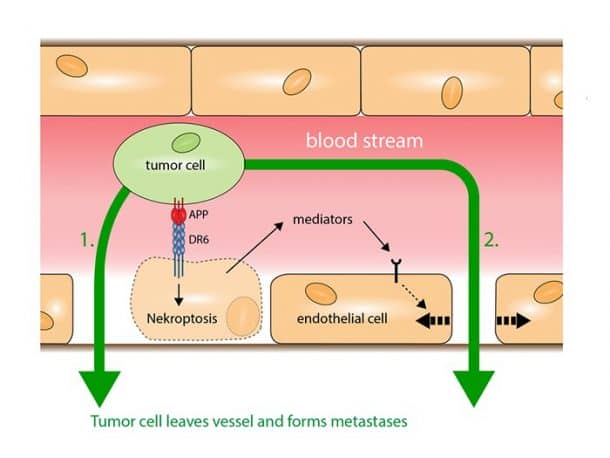Research on curing cancer has been the centre of attention of medical science for decades, and this new study might be a breakthrough in this regard. Scientists have figured out the dynamics of cancer cells’ movement and spread around the body, from the initial tumour to the bloodstream.
The study conducted by scientists from Goethe University Frankfurt and the Max Planck Institute in Germany concluded that cellular self-destruct process begins when the secondary growths called metastases break into the walls of small blood vessels and target a molecule known as Death Receptor 6.

What this essentially means is that if Death Receptor 6 (DR6) can be blocked, it might consequently prevent the spread of cancerous cells. And unless there are alternative ways for cancer to infect the bloodstream, this method can be an effective way of slowing down the spread of cancer. If the scientists are successful, they can kerb down cancer-related deaths by a long way, as most of them originate by cancer spreading and not the tumour itself.
Cancer cells use a process known as necroptosis or ‘programmed cell death’ to break through the walls of blood vessels, by targeting cancer body’s endothelial cells lining the interior surface of blood and lymphatic vessels. The programmed death is then triggered by the DR6 receptor molecules, and after this occurs, the cancer cells can travel freely through the gap in the vascular wall while targeting weaker cells.

The researchers, whose findings have been published in Nature, conducted this experiment in both mice and lab-grown cells. After disabling DR6 in mice and cells they observed that less necroptosis and thus, less metastasis was recorded; theoretically making the observations valid.
Now it remains to be seen whether this study can be scaled up and applied to humans practically. The first hurdle is to figure out potential side effects of disabling DR6. Second is to conclude that the proposed mechanism is the only one used by cancer to spread, making this study’s results wholesome. But this point is still debatable as another study by the scientists at the University of California, Los Angeles (UCLA) suggested that that tumour cells could also spread in a body without ever breaking through the blood vessels using a mechanism known as angiotropism.

Published in Nature Scientific Reports researcher Laurent Bentolila from UCLA said: “If tumour cells can spread by continuous migration along the surfaces of blood vessels and other anatomical structures such as nerves, they now have an escape route outside the bloodstream”.
So probably we are still a bit off on actually understanding the nature of cancer and finding its cure, but breakthrough studies like this give us hope that soon enough we will be able to fend off this terrible menace for good!
Have any other information to add to this article? Comment below!



Can you get the Apache sunglasses with your medical eye description?